Green Iguana
- January 4, 2024
- 0 comment
The Green Iguana, scientifically known as Iguana iguana, is a captivating reptile that hails from the lush rainforests of Central and South America. Renowned for its vibrant green coloration and distinctive dorsal crest, this species has become a popular choice among reptile enthusiasts. These impressive creatures can reach lengths of up to six feet, showcasing both remarkable size and agility. They are often found in trees near water sources in the wild, displaying both arboreal and semi-aquatic behaviors.
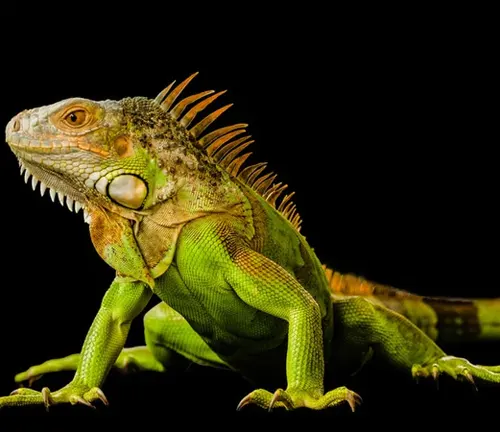
As pets, creating a suitable environment involves providing a spacious enclosure with climbing structures, basking spots, and controlled temperature zones. Known for their herbivorous nature, Green Iguanas thrive on a well-balanced diet of fruits, vegetables, and leafy greens, supplemented with calcium for optimal health. Owners should be aware of the specific care requirements, including regular veterinary check-ups, to ensure the well-being of their scaly companions.
Despite their popularity, Green Iguanas face challenges, such as common misconceptions and legal considerations, emphasizing the importance of responsible pet ownership. Conservation efforts are also crucial, given the threats they face in the wild, including habitat loss and illegal trade. Whether as exotic pets or ambassadors for wildlife preservation, Green Iguanas continue to captivate enthusiasts with their unique charm and characteristics.
| Specification | Details |
|---|---|
| Scientific Name | Iguana iguana |
| Common Name | Green Iguana |
| Origin | Central and South America |
| Size | Up to 6 feet in length (including tail) |
| Coloration | Vibrant green with a dorsal crest |
| Habitat in the Wild | Tropical rainforests, trees near water |
| Behavior | Arboreal and semi-aquatic |
| Diet | Herbivorous, eats fruits, vegetables, greens |
| Enclosure Requirements | Spacious with climbing structures, basking spots, controlled temperature zones |
| Lifespan in Captivity | 15-20 years with proper care |
| Unique Features | Distinctive dorsal crest, agile climbers |
| Challenges in Captivity | Specialized care needs, potential health issues, legal considerations |
| Conservation Status | Face threats in the wild, conservation efforts crucial |
| Popular as Pets | Yes, but requires experienced reptile owners |
| Legal Considerations | Local regulations regarding ownership, permits may be required |
| Community and Resources | Online forums and communities for iguana owners, sharing experiences and advice |
Physical Characteristics
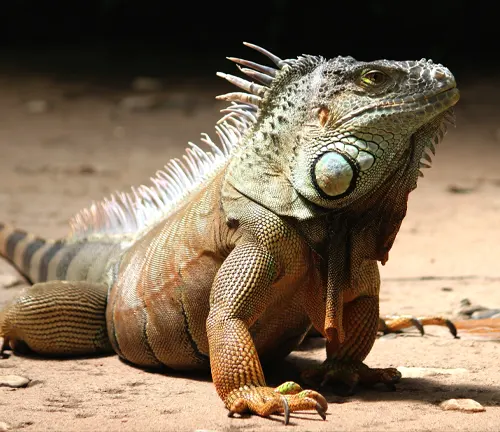
Size and Weight
One of the most striking features of Green Iguanas is their impressive size. Adult males can reach lengths of up to six feet, including their long tail, while females generally tend to be slightly smaller. Despite their substantial size, these reptiles are surprisingly agile and adept climbers.
Distinctive Features
Apart from their size, Green Iguanas boast unique characteristics. Their vibrant green color serves as excellent camouflage in their natural habitat, and their dorsal crest, running along their back, adds to their majestic appearance. These features make them highly sought after in the exotic pet trade.
Habitat and Distribution

Green Iguanas are native to the tropical rainforests of Central and South America. In the wild, they can be found in trees near water sources, displaying both arboreal and semi-aquatic behaviors. When kept as pets, replicating their natural habitat becomes crucial for their well-being.
Preferred Environments in Captivity
Creating a suitable environment for a pet Green Iguana involves providing a spacious enclosure with branches for climbing and a basking area for thermoregulation. Additionally, maintaining high humidity levels is essential to mimic their natural habitat.
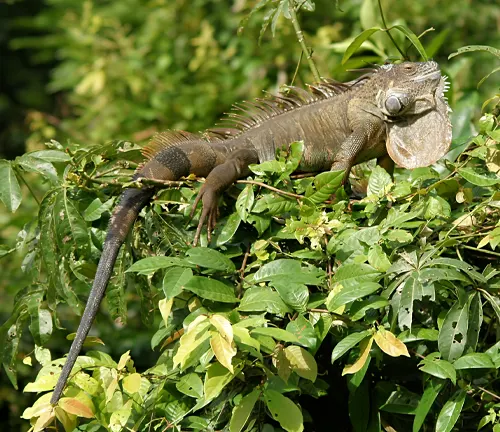
Diet and Feeding Habits
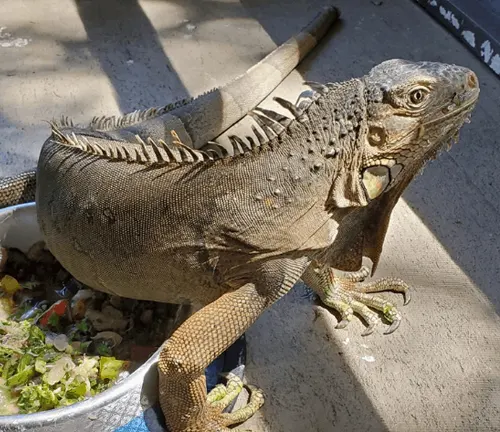
These herbivores have a diverse diet consisting of fruits, vegetables, and leafy greens. Owners should ensure a well-balanced and calcium-rich diet to support their growth and overall health. Regular supplementation and proper feeding schedules are vital aspects of caring for a Green Iguana.
Behavioral Patterns
Green Iguanas are known for their social behavior, both in the wild and as pets. They communicate through body language, including head bobbing and dewlap extension. Understanding these behaviors fosters a stronger bond between the owner and their scaly companion.

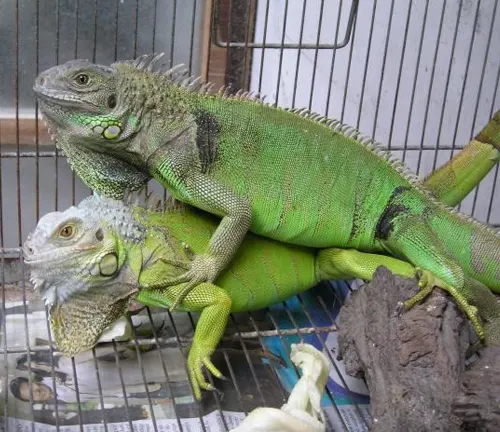
Reproduction
Mating rituals in Green Iguanas involve complex behaviors, and the nesting and hatching process is equally fascinating. Owners contemplating breeding these reptiles should be well-versed in the intricacies of this natural phenomenon.
Common Misconceptions
Despite their popularity, Green Iguanas are often surrounded by myths and misconceptions. Dispelling these misunderstandings is crucial for the well-being of both the reptiles and their owners.
Addressing Myths
One common misconception is that Green Iguanas are low-maintenance pets. In reality, they require specialized care, including a proper diet, temperature regulation, and regular veterinary check-ups.
Challenges in Keeping Green Iguanas as Pets
Owning a Green Iguana comes with unique challenges. Their specialized needs, including dietary requirements and habitat conditions, demand a dedicated commitment from owners.
Potential Health Issues
Common health issues include metabolic bone disease and respiratory infections. Regular veterinary check-ups and a well-maintained environment can prevent these issues.
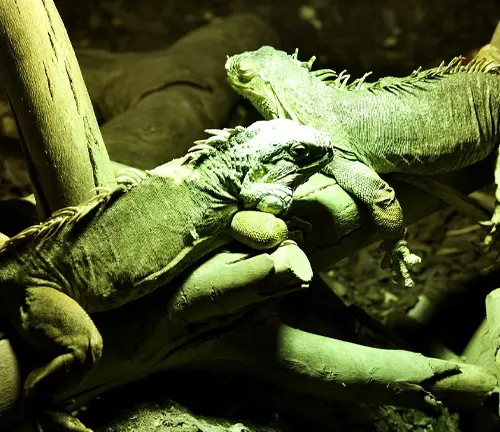
Legal Considerations
Before welcoming a Green Iguana into your home, it’s essential to be aware of local regulations regarding ownership. Some regions have restrictions or require permits for keeping these reptiles as pets.
Responsible Pet Ownership
Adhering to legal guidelines is just one aspect of responsible pet ownership. Providing a suitable environment, a balanced diet, and regular veterinary care are essential components of ensuring the well-being of a pet Green Iguana.
Enrichment and Interaction
Keeping a Green Iguana engaged is crucial for their mental and physical well-being. Owners can introduce various stimulating activities and spend quality time interacting with their scaly companions.
Building a Bond
Establishing a bond with a Green Iguana takes patience and consistency. Regular handling, offering treats, and creating a safe and comfortable space contribute to a trusting relationship.
Tips for Creating a Suitable Enclosure
Ideal Vivarium Conditions
A spacious enclosure with climbing structures, basking spots, and hiding places is crucial. UVB lighting and controlled temperature zones mimic the reptile’s natural habitat, ensuring their overall health and happiness.
Essential Accessories
Including accessories like water features, heat lamps, and foliage in the enclosure enhances the living space for a pet Green Iguana.
Health Care and Veterinary Concerns
Regular veterinary check-ups are paramount for detecting and addressing potential health issues early on. Owners should be vigilant about signs of illness, including changes in behavior and appetite.
Recognizing Signs of Illness
Loss of appetite, lethargy, and abnormal behavior may indicate underlying health issues. Immediate veterinary attention is crucial to ensure a timely and effective response to health concerns.
Conservation Efforts
While Green Iguanas are prevalent in the pet trade, their wild populations face threats. Conservation initiatives play a vital role in preserving their natural habitats and ensuring the sustainability of their species.
Threats to Wild Populations
Deforestation, habitat loss, and illegal trade contribute to the decline of Green Iguana populations in the wild. Supporting conservation efforts helps address these threats.
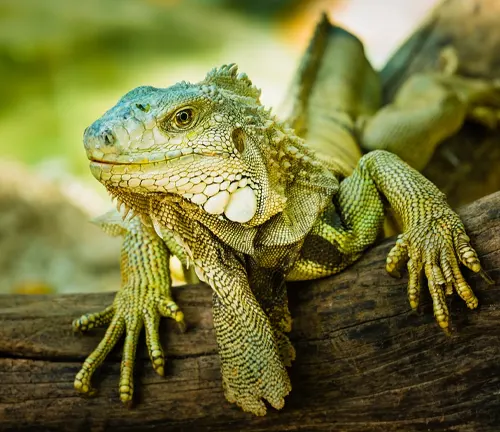
Community and Resources for Iguana Owners
Joining online forums and communities dedicated to Green Iguanas provides a platform for sharing experiences and gaining valuable insights. Fellow owners often offer advice on common challenges and share success stories.
Sharing Experiences
Whether it’s tips on diet, habitat setup, or health care, the iguana owner community is a valuable resource for navigating the complexities of pet ownership.
Different Species
Common Green Iguana
(Iguana iguana)
This is the most widely recognized species and is commonly kept as a pet. They are known for their vibrant green coloration and distinctive dorsal crest.
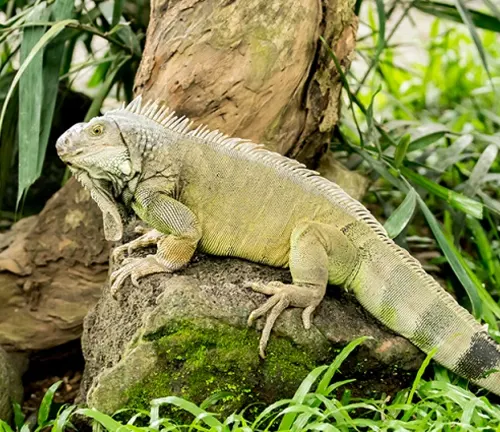
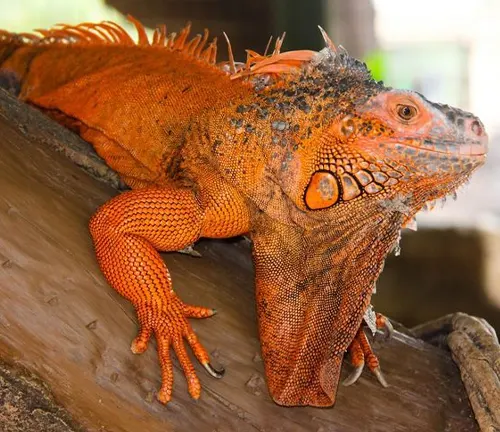
Red Iguana
(Iguana iguana rhinolopha)
A subspecies of the Common Green Iguana, the Red Iguana is characterized by its reddish coloration. They are native to parts of South America.
Blue Iguana
(Cyclura lewisi)
While not a subspecies of the Common Green Iguana, the Blue Iguana is another species within the Iguana family. They are primarily found in the Grand Cayman Islands and are known for their striking blue coloration.
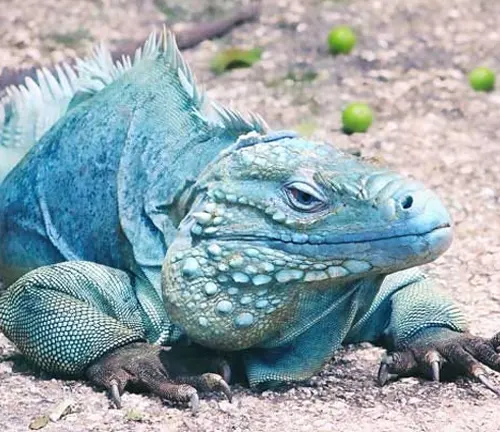

Galápagos Land Iguana
(Conolophus subcristatus)
Found on the Galápagos Islands, this species is closely related to Green Iguanas. They have a yellowish coloration and are adapted to the arid conditions of the Galápagos.
Lesser Antillean Iguana
(Iguana delicatissima)
Native to the Lesser Antilles in the Caribbean, this species is smaller than the Common Green Iguana and exhibits variations in color, including shades of green and gray.
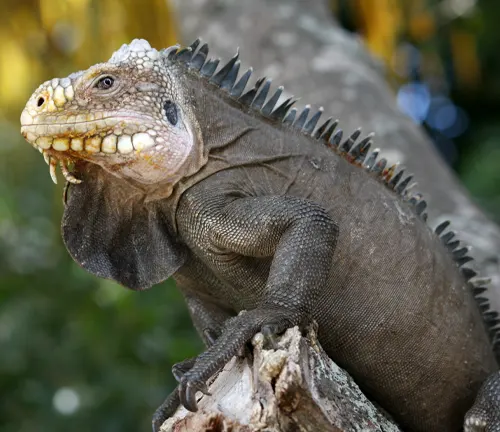
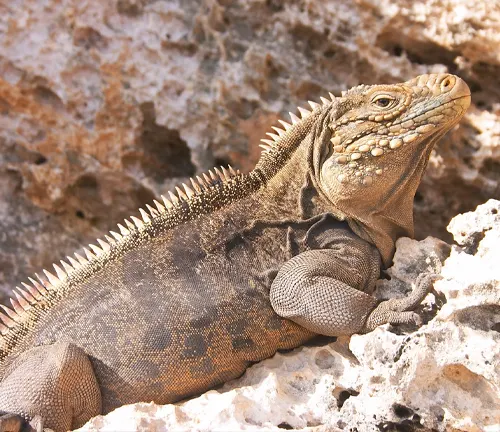
Cuban Iguana
(Cyclura nubila)
Found in Cuba and the Bahamas, the Cuban Iguana is a robust species with variations in color, including green, gray, and brown.
Fiji Iguana
(Brachylophus fasciatus)
Native to the Fiji Islands, this species is known for its brilliant green coloration and distinctive bands across its body.

Frequently Asked Questions (FAQs)
- Can Green Iguanas be kept in groups?
While Green Iguanas are social creatures, keeping them in groups may lead to territorial issues. It’s recommended to house them individually. - How long do Green Iguanas live in captivity?
With proper care, Green Iguanas can live up to 15-20 years in captivity. - What is the best diet for a Green Iguana?
A balanced diet of fruits, vegetables, and leafy greens, supplemented with calcium, is ideal for their health. - Are Green Iguanas suitable for beginner reptile owners?
Due to their specific care requirements, Green Iguanas are better suited for experienced reptile owners. - What are the key considerations for creating a suitable enclosure for a Green Iguana?
Ideal vivarium conditions include a spacious enclosure with climbing structures, basking spots, UVB lighting, and controlled temperature zones. - What are common health issues in Green Iguanas, and how can they be prevented?
Common health issues include metabolic bone disease and respiratory infections. Regular veterinary check-ups, a well-maintained environment, and a proper diet can prevent these issues. - Are there legal considerations for keeping Green Iguanas as pets?Yes, it’s essential to be aware of local regulations regarding ownership. Some regions have restrictions or require permits for keeping Green Iguanas as pets.
- How can owners contribute to Green Iguana conservation efforts?
Supporting reputable conservation organizations and spreading awareness about the threats they face helps contribute to their preservation. - Can Green Iguanas be trained or bond with their owners?
Yes, with patience and consistency, Green Iguanas can be trained, and a strong bond can be established through regular handling and positive interactions. - What are the signs of illness in Green Iguanas, and when should owners seek veterinary attention?
Signs of illness include loss of appetite, lethargy, and abnormal behavior. Immediate veterinary attention is crucial to ensure a timely and effective response to any health concerns.


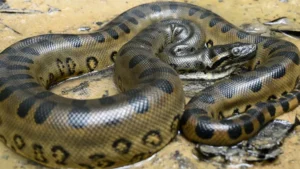
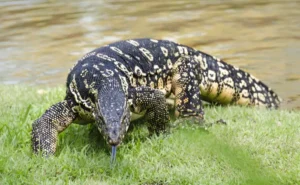
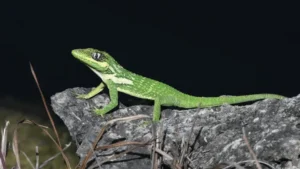
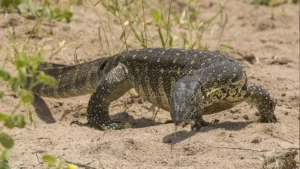


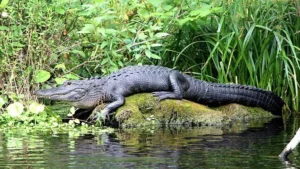
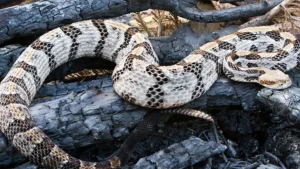
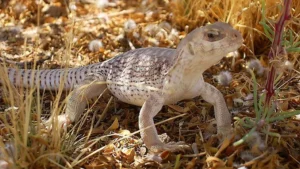
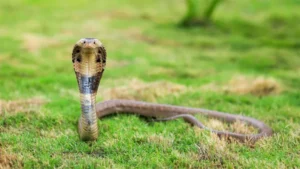

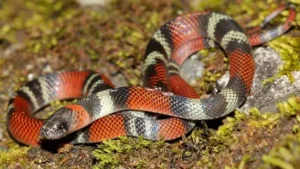
Leave your comment